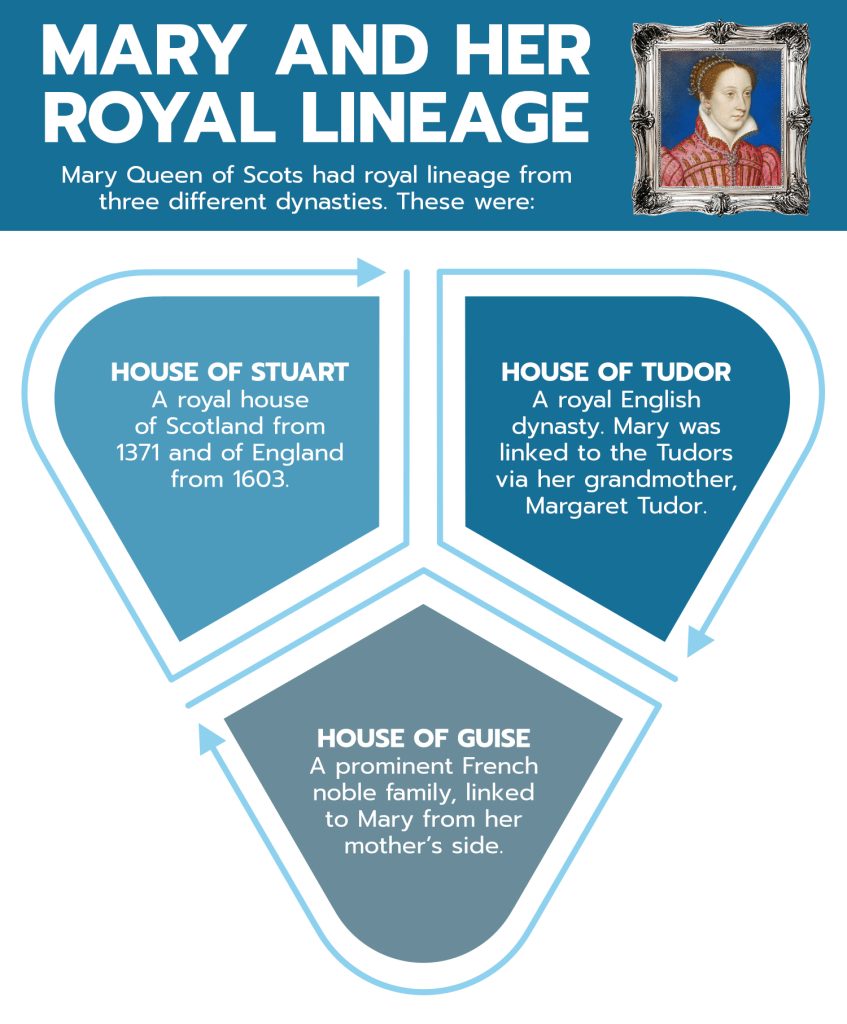Mickey’s favourite reads of 2025
Book auction for Children in Need
The Romanovs Under House Arrest – coming soon
Mickey’s Latest Book
Mickey discusses the execution of Anne Boleyn
Mickey talks to The Bookseller
The Royal Literary Fund (RLF) saw applications for its hardship grants for professional writers rise 400% in the first financial quarter of 2024, The Bookseller can exclusively reveal. The RLF awards grants to authors experiencing “reduced income” or “a change in circumstances”. To be eligible, authors must have traditionally published at least two books. The charity, which delivers £5m in grants, education and outreach programmes annually, says it has seen “a nearly five-fold increase” in applications for financial support. Edward Kemp, c.e.o of the RLF, told The Bookseller: “During the first financial quarter of 2024 the Royal Literary Fund experienced a nearly fivefold increase (400%) in [applications] compared to the previous period in 2023.”
Click here to read the article

Grigori Rasputin and the downfall of the Romanovs
Nikolay Aleksandrovich or Nicholas II was the last Tsar of Russia, whose murder at the hands of the Bolsheviks marked the end of 300 years of Romanov rule, and with it, the shift from tsarist rule into a communist regime. The story of the last tsar, his family and how an ill-advised association with a controversial holy man contributed to the downfall of the Romanov dynasty is a story well worth exploring – as successful autistic author Mickey Mayhew knows from his research.
Nicholas II and Alexandra Feodorovna
Nicholas and Alexandra met in 1884, when she was only 12 and he was 16. The two had an instant attraction, but neither family was particularly keen on the match. However, after the health of Nicolas’ father, Tsar Alexander III, declined in 1894, he decided to give the pair his blessing in order to secure succession to the throne. The two married on 26 November 1894, only a few weeks after the death of the tsar.
Nicholas was officially crowned tsar on May 26, 1896, and while his marriage to Alexandra was a happy one, his reign would end up being the undoing of the Romanov family. Nicholas was not well-suited for responsibilities of an autocratic ruler, which left him open to outside influences, including his wife and the people she favoured.
Romanovs and Rasputin
During the early 1900s the Russian aristocracy had taken an interest in alternative religious practices, such as spiritualism, theosophy and the occult. This included the empress consort Alexandra, whose lack of popularity in the Russian courts had made her turn to mysticism for comfort.
The long-awaited male heir for the tsar, tsarevich Alexis, was born in 1904. Shortly after his birth, the doctors realised that he had been born with haemophilia, an almost always fatal disease in the early 20th century. Desperate to help her child, Alexandra sought the aid of wandering pilgrim Grigory Rasputin, whose healing powers seemed to ease Alexei’s condition.
By helping her child, Rasputin managed to gain the trust of Alexandra and was able to start influencing the imperial family. Even as his life and conduct in the court was a source of constant scandals, the empress consort would not heed warnings and continued to take advise from the self-proclaimed holy man.
In 1915, amidst World War One, Nicholas travelled to the troops on the Russian war front, leaving Alexandra in charge of Russia’s internal affairs, with Rasputin as her personal advisor. This unfavourable decision, together with other political factors, sealed the fates of Rasputin, the Romanov family and the tsarist rule of Russia.
Mary Queen of Scots – A Brief History
Mary Queen of Scots is one the most famous figures in Scottish history. Her tumultuous life – full of romance, deceit and tragedy – has been a source of fascination for historians for decades, including successful autistic author Mickey Mayhew, who has written extensively about Mary and her intriguing life.
Early Life
Born in 1542 to Mary of Guise and King James V of Scotland, Mary Stuart became Queen of Scots at just six days old after the untimely death of her father. Mary’s mother, a member of the House of Guise, made sure that Mary was sent to France at the age of five, where she was brought up at the court of King Henry II and his queen Catherine de Médici.
Marriages
Mary was initially to marry Prince Edward, the son of King Henry VIII of England, but this was not agreeable to the Scots and she was instead married to Francis, Dauphin of France, in 1558. While she was fond of her young groom, the marriage was not to last as Francis died only two years later, leaving Mary a widow at age of just 18. This was followed by two equally short-lived marriages, first to Lord Darnley from 1565 to 1567 and then to James Hepburn, better known as Lord Bothwell, from 1567 to 1578.
Queen of Scotland
After her return to Scotland in 1561, Mary quickly learned that things were very different to the French courts. However, she managed the affairs of the country relatively well up until her second marriage, which caused controversy and antagonised those interested in the religious power structure of Scotland. After Darnley’s murder in 1567, things got worse for Mary, who agreed to marry the chief suspect in her late husband’s death, Lord Bothwell, who was no more acceptable a match for Mary in the eyes of the Scottish nobility. This ill-fated pairing divided the country in two and ultimately lead to Bothwell fleeing the country and Mary being incarcerated.

Captivity and Death
During her captivity, Mary made plans for her release. In 1568, after escaping Loch Leven Castle where she was imprisoned, she managed to raise a small army but was quickly defeated in battle and was forced to flee to England. Mary was imprisoned in numerous castles and stately homes in England for the next 19 years. In 1586, she was implicated in a plot against Queen Elizabeth and was subsequently convicted of treason and executed in 1587.







